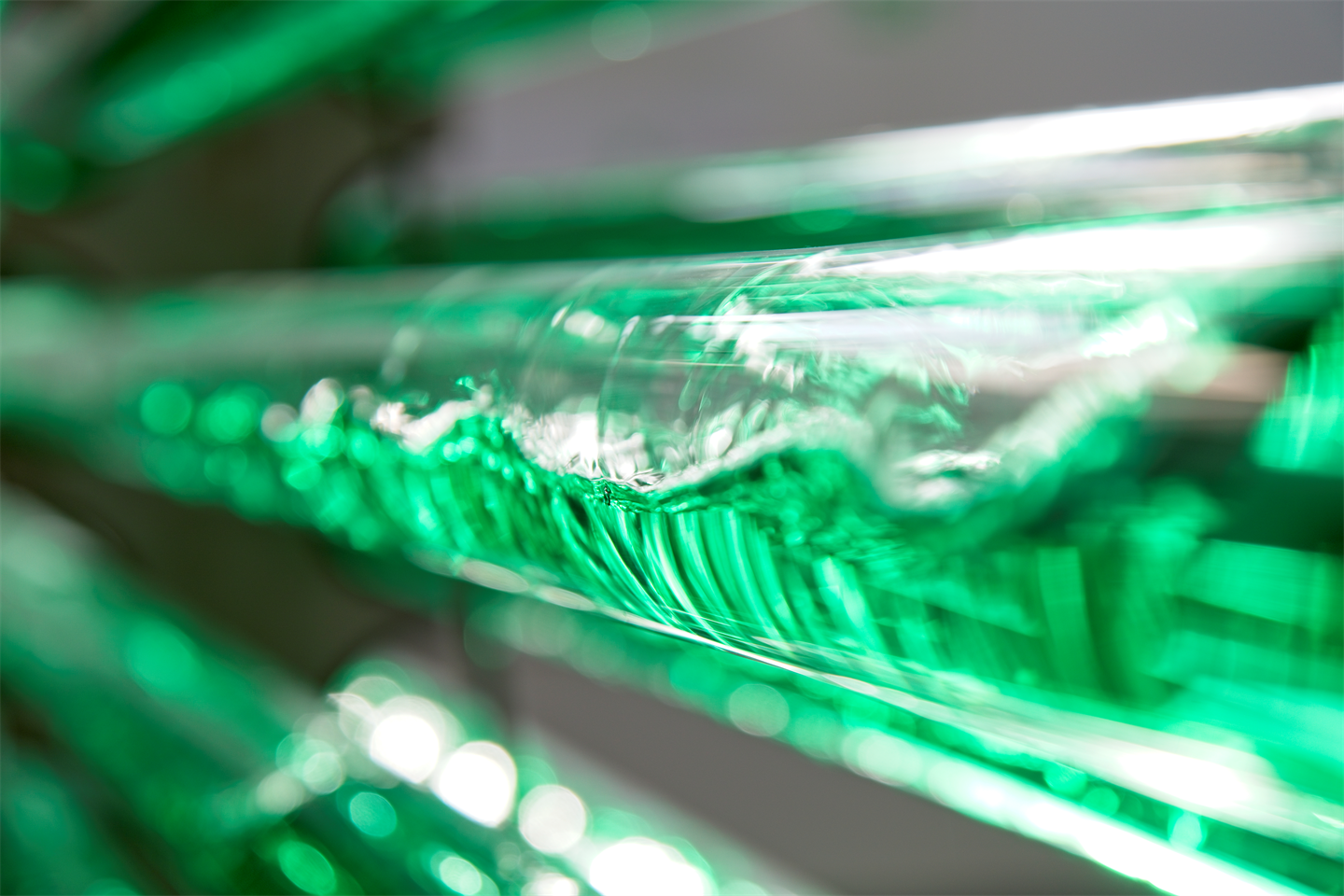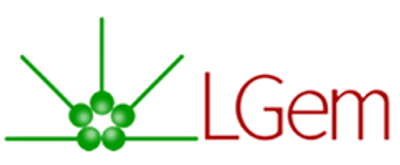

- Home
- Companies
- Lgem | Synalgae Brand
- Products
- Lgem - Product base: B2B solutions – 25 ...
Lgem - Product base: B2B solutions – 25 to 45.000 liters
Lgem develops risk-free, stable and reliable systems with proven technology. The consistently high quality of our PBRs, due to industry-best mass transfer and clever hygienic design, is rivalled only by the ease of use, thanks to the simple and hassle-free operation with intelligent measurement and control. Our PBR solution are versatile, broadly applicable and proven effective under varying conditions. You can implement them for the cultivation of any microalgae species, including the most fragile ones.
Of course, we could also share insights into the various smart solutions that complete a given setup of Lgem photobioreactors. You can read about Lgem’s innovative product development here. Now let’s take a look at the actual products.
For instance, the culture harvest unit automatically harvests and temporarily stores algae culture from the system. Or we could look at the clean water unit that stores up to 20 m3 of clean process water. It’s automatically circulated through a loop pipeline through a UVC-unit to maintain the quality, meticulously monitored by the Microalgae Production Control Computer, so we definitely need to tell you about our MPCC too. For now, though, we would like to address the various tubular glass photobioreactor systems.
We’d first like to explain the basic principles and design concepts of our PBR’s. After that, we can take a closer look at our current range of photobioreactors. We’ll start with the Lab-25 tubular glass PBR and the full-scale Pilot-6600, all the way to the Entos system for indoor industrial production with artificial illumination.
Lgem’s tubular photobioreactors use light, CO2 and fertilizers to cultivate micro-algae. We add nutritional elements like nitrogen, phosphorus and micro-elements to the water in which the algae are cultivated. Light converts CO2 into microalgal biomass and oxygen through the process of photosynthesis. As a light source, sunlight can be applied, but we offer, and in some situations indeed prefer, artificial (LED) light as well.
Actually, we are increasingly moving away from sunlight as a source of light due to its inherent production uncertainties and variations. We have designed our sizeable industrial standard to convert LED light into biomass as efficiently as possible under stable, optimized conditions. That approach has resulted in a higher yield as well as a better product. In addition, an artificial light source allows for a more condensed system design, reducing your spatial requirement. After all, you don’t have to prevent your system from being in the shade, as you have the freedom to place your light source where you want to have it.
We have designed our PBRs for cultivation at high cell densities. This is realised because the tubular shape has a relatively small layer where cells grows, so that the light absorption path is small, allowing for those high densities. Moreover, our PBRs are closed systems, neatly protecting the culture from contaminants.
After examining various algae production systems for many years, from plastic bags and bubble columns to PVC tubes, we’ve launched our glass tubular helix system. It offers extreme durability and a more simplified, cost-effective form of algae production.
Lgem PBRs consist of long tubular loops. You can easily configure large(r) systems by putting many tubular loops in parallel. You can therefore scale-up Lgem tubular systems to unit sizes up to more than 45,000 litres, which we will address later on. For now, let’s start small.
Lgem’s tubular photobioreactors are ready to be integrated into a fully automated workflow, combining the implementation with up-and downstream processes. We’ll take a closer look at our products, ranging from Lgem LAB-25 to our Entos PBR.
